Fort Caspar Railroad Exhibit Brings Wyoming’s History to Life
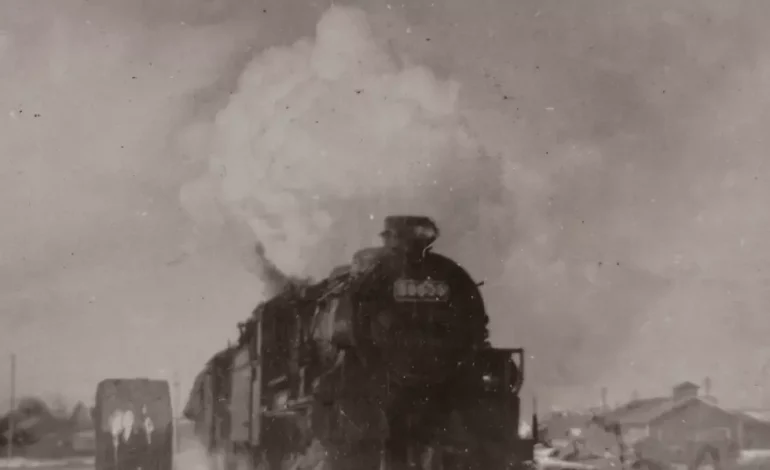
The railroad has long been a defining feature of Wyoming’s history, a legacy that the Fort Caspar Museum has been celebrating through a year-long exhibit focused on the transformative impact of railroads in the state, Wyoming News Now reports.
Set to conclude on February 22, the exhibit has captivated visitors by showcasing century-old artifacts and tracing the development of railroads across the Cowboy State.
Con Trumbull, president of the Fort Caspar Museum Association, emphasized the pivotal role railroads played in shaping Wyoming.
“Railroads are what built the United States. If it had not been for the railroad, the West would not have been settled,” he explained.
The exhibit highlights key milestones, including the transcontinental railroad through Cheyenne, which laid the foundation for Wyoming’s growth. Through artifacts and historical displays, the museum aims to connect visitors with this rich past.
Trumbull shared that the exhibit has sparked powerful emotional reactions from former railroad workers who visited and loaned items for display.
“They actually broke down in tears seeing this stuff and people enjoying it,” Trumbull said. “The stories just started flowing—people who had ridden on the train or watched it pass by as children. It’s just a very magical thing.”
The museum’s mission is to use these artifacts to tell meaningful stories.
“Having this stuff come to the museum and actually get to be seen by the public tells that story. That’s the whole goal of the museum,” Trumbull added.
Although the railroad exhibit is wrapping up, visitors will still have the opportunity to explore Wyoming’s history through a new exhibit called A Room for the Night. This display will delve into the evolution of roadside lodging from the late 19th to the mid-20th century, offering another window into the state’s cultural past.
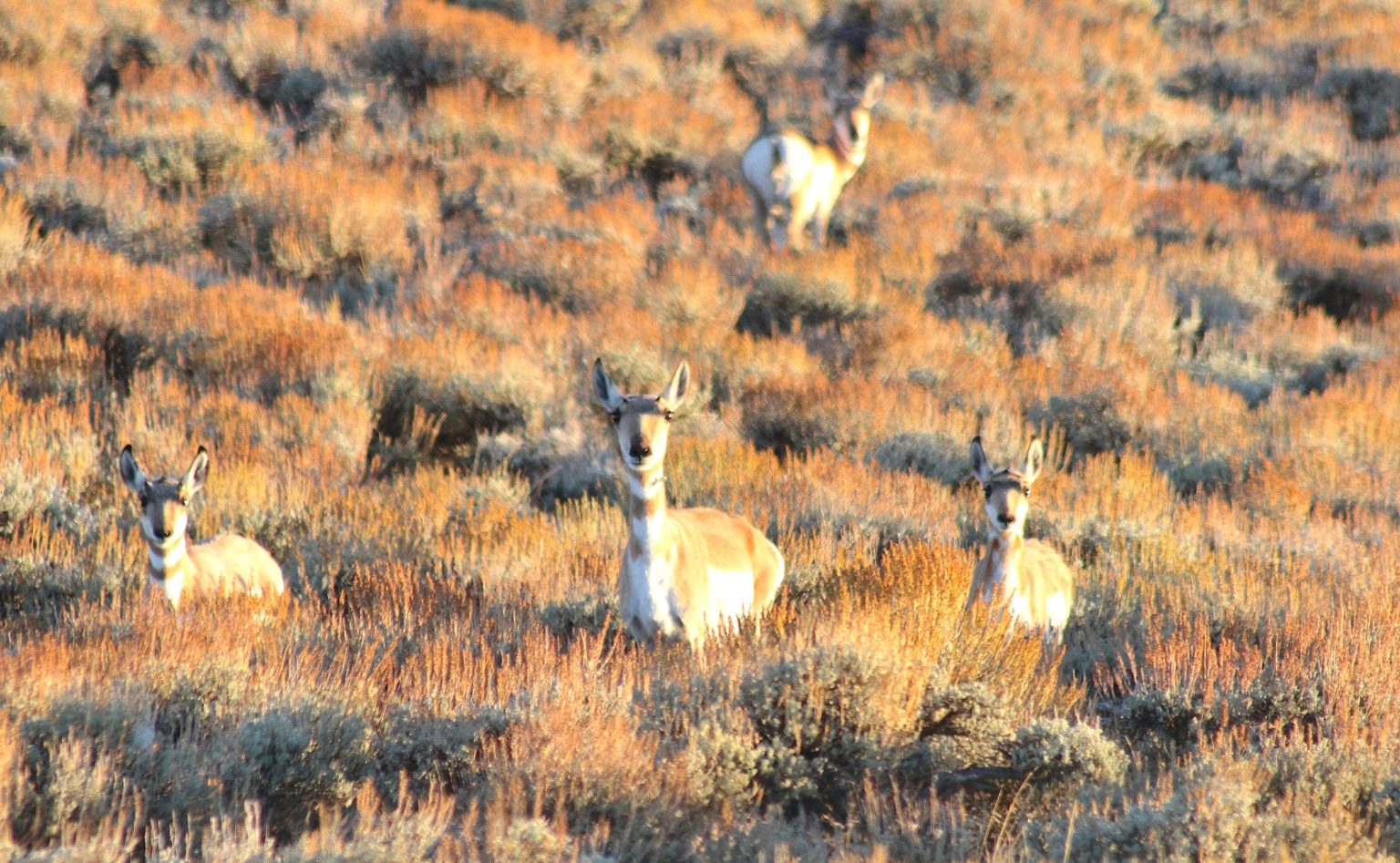



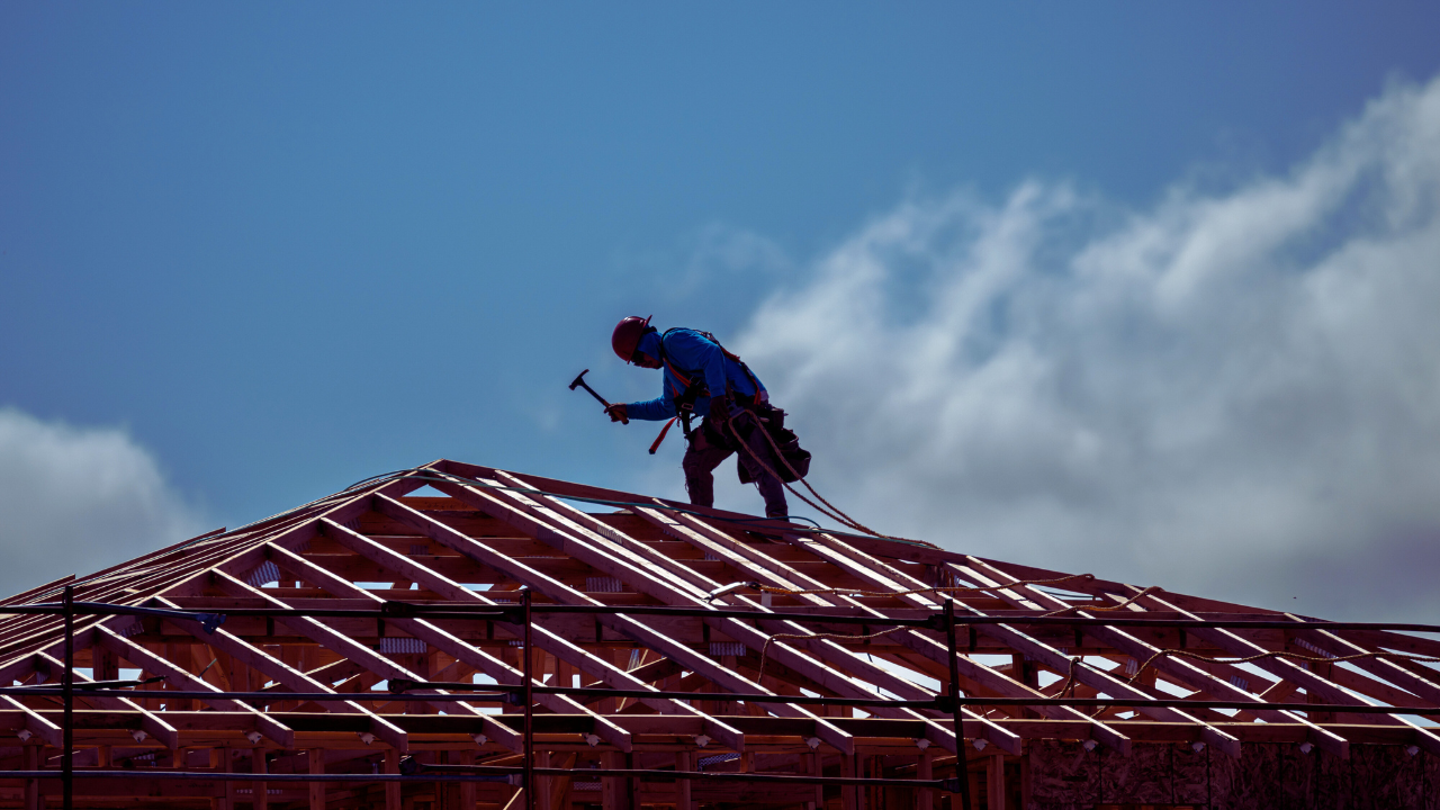

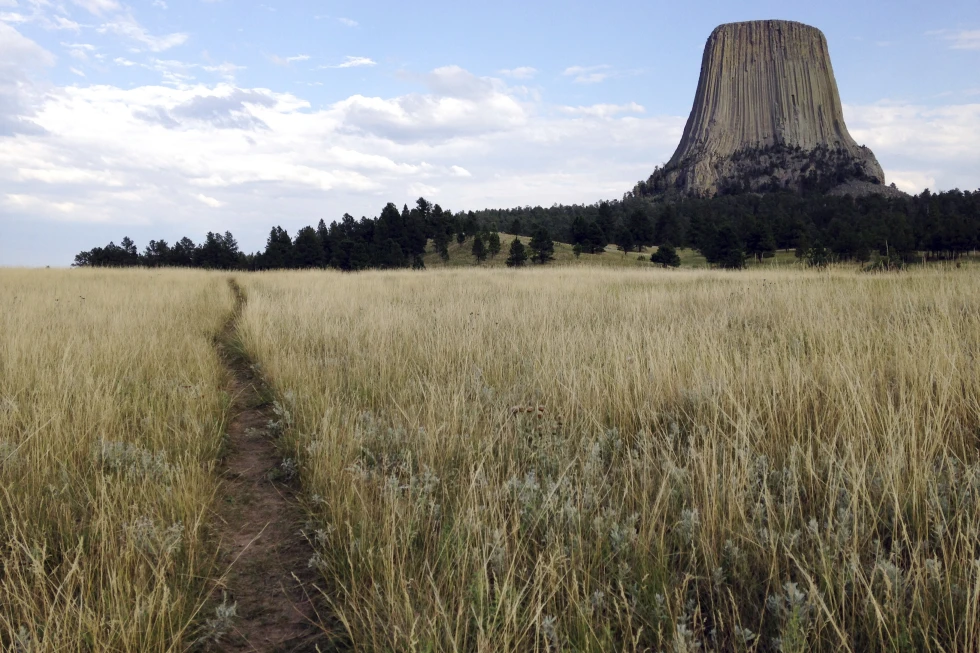
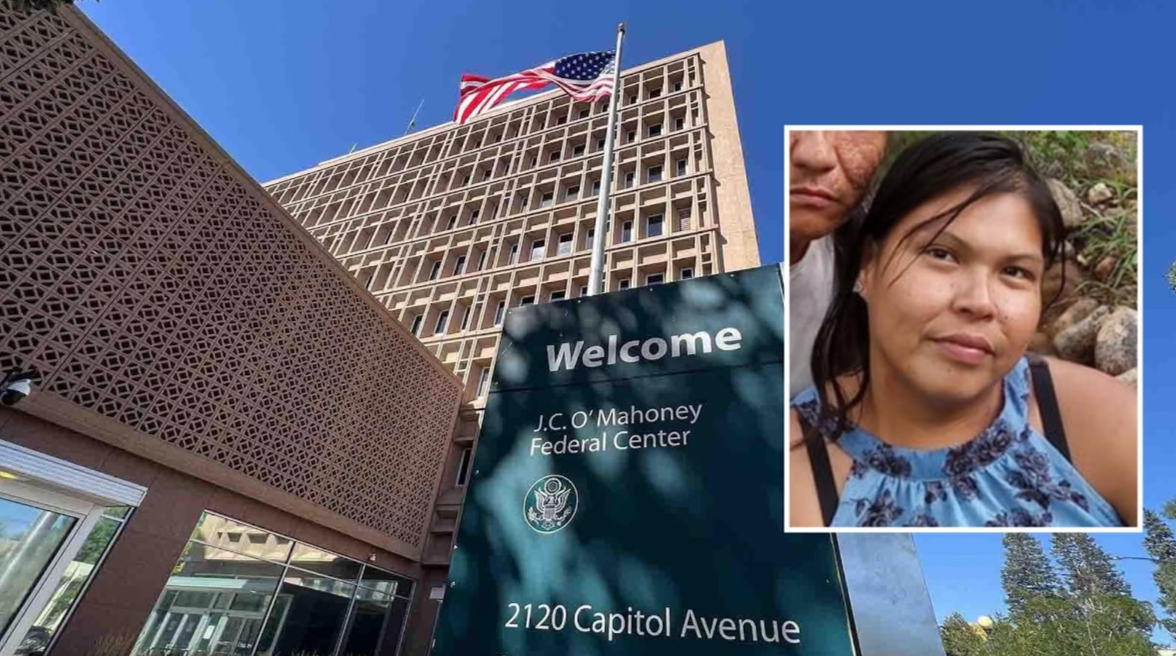

The latest news in your social feeds
Subscribe to our social media platforms to stay tuned